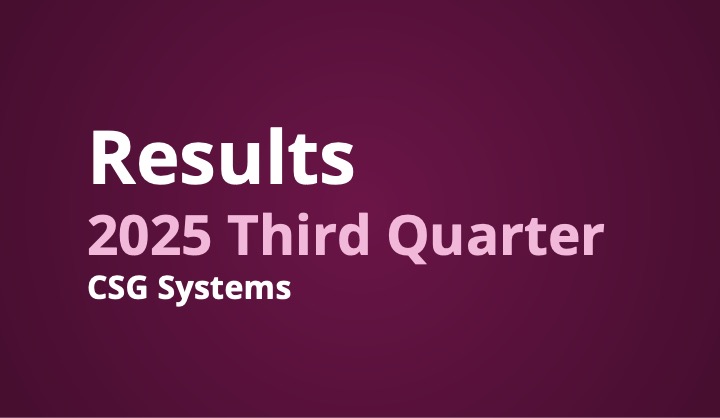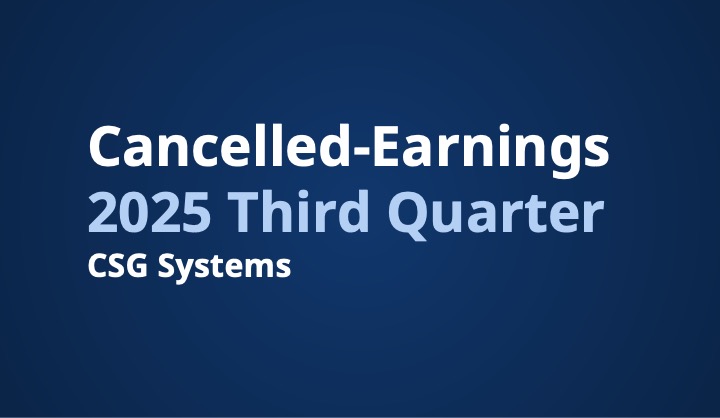Suppose your business sends a critical message to a customer (maybe a late payment text or appointment reminder), and it lands in their “Unknown Sender” folder. There, it gets ignored until the payment grows further overdue or the appointment is missed.
Or maybe you place an outbound interactive voice response (IVR) call to a customer so they can confirm a suspicious credit card charge. But their phone’s screening tool asks for more information before connecting. The customer never hears your prompt, and their card gets declined at checkout the next time they use it to make a purchase.
With iOS 26, these experiences may become the new norm for business communications. Apple’s latest update introduces call and text screening features that make it harder for brands to reach customers—and harder for customers to act quickly on time-sensitive messages.
But there’s good news. Adoption of these features will be gradual, giving your business time to adapt its communication strategy. In this blog, I’ll break down how iOS 26 call screening and text filtering work, what they mean for your business, and how you can stay visible so your critical messages get seen and, more importantly, get acted on.
IOS 26 Call Screening—and How It Will Affect Your Ability to Connect
With iOS 26 call screening, iPhone users have new ways to manage calls from unknown numbers (and the features are already a hit with consumers). Under “Screen Unknown Callers,” users can choose:
- Never (default): Calls from unsaved numbers ring through, and missed calls appear in the Recents list.
- Silence: Calls from unsaved numbers are muted, sent straight to voicemail, and logged in Recents.
- Ask Reason for Calling: According to Apple, this feature “builds on Live Voicemail and helps eliminate interruptions by gathering information from the caller and giving users the details they need to decide if they want to pick up or ignore the call.” The screening tool intercepts any inbound call from a number outside the user’s contacts, or with no prior user-initiated interaction. The system prompts unknown callers to state their name and the purpose of the call. It then displays a visual transcript for the recipient, who can choose to answer, ignore or block the call. If someone misses or rejects the call, the transcript appears in their Recents list.
The Ask Reason for Calling feature is a mixed bag for businesses. On one hand, it can improve connection rates for important, transaction-related calls. On the other, it introduces technical hiccups and user experience challenges that could disrupt call flows and frustrate customers. Here are some of the potential drawbacks—and benefits—to be aware of:
‘Ask Reason for Calling’s’ Drawbacks and Benefits
- Outbound IVR misinterpretation: Some outbound IVR platforms may mistake the iPhone prompt for an answering machine, hanging up or leaving a pre-recorded message.
- Missed or confusing IVR prompts: If your IVR or live agent doesn’t provide a clear reason for the call, iOS 26 may delay the connection by 30 seconds. Customers could join mid-message or miss prompts entirely, which is especially problematic for fraud alerts or urgent transactional calls.
- Higher connection rates for transactional calls: On the plus side, customers are more likely to answer when they see a clear, transaction-related purpose, like a doctor sharing test results or a bank flagging a suspicious charge. This reduces missed connections and endless rounds of phone tag. Without a stated purpose, calls may be ignored as potential sales pitches.
How to Adapt for iOS 26 Call Screening
- Train outbound live agents on how “Ask Reason for Calling” works. Provide call screening iPhone scripts that clearly state the purpose of the call.
- Train IVR (AI) agents to handle call screening prompts and respond appropriately.
- Modify IVR scripts and flows so they place critical instructions early in the IVR, design prompts for customers who join mid-stream, and keep initial messaging clear and concise.
- Encourage customers to save your contact or mark your number as known. Calls from known contacts bypass iOS call screening.
iOS 26 Text Filtering: How Screening Impacts Business SMS
Since iOS 13, iPhone users have been able to filter unknown senders. With iOS 26, Apple introduces “Screen Unknown Senders,” a feature that sorts incoming short message service (SMS) and rich communication services (RCS) messages into three folders:
- Messages: For saved contacts, “Marked as Known” senders, and anyone the user has messaged before.
- Unknown Senders: For numbers not in contacts or not previously messaged. Short codes and toll-free numbers (often used for business communications) may end up here. Messages in this folder don’t trigger notifications. Users see a badge for unread messages and can mark numbers as known, request more info or delete.
- Spam: Apple uses undisclosed criteria to identify and filter phishing attempts. Legitimate messages may occasionally be misclassified, but users can review and move them to the main Messages folder.
- Time-sensitive alerts—like verification codes, order confirmations, or fraud alerts—will trigger notifications and appear in the main Messages folder for the first hour, even if sent from unknown numbers.
Why Transactional Texts May Be Missed
With iOS 26 text filtering, your business-critical texts (appointment reminders, payment alerts, transactional SMS) may be delivered but not seen. If your message lands in the Unknown Senders folder, customers won’t get a notification and may overlook it—unless they regularly check that folder or manually mark your number as known.
How to Adapt Your SMS Strategy for iOS 26 Call Screening
- Proactively inform customers that important messages may appear in the Unknown Senders folder.
- Encourage customers to mark your short code or toll-free number as a Known Sender.
- Use MMS or RCS with vCards (which are like text message business cards) to make saving your number easy and recognizable.
- Leverage interactive SMS flows to build trust and strengthen your brand’s reputation as a trusted sender.
Take Control of Your Customer Communications (Even as iOS Changes the Rules)
Apple’s iOS 26 update may change how—and whether—your messages reach customers. But you don’t have to navigate these changes alone.
CSG Xponent is a customer engagement platform with the tools to help you adapt, optimize and stay visible. Whether you need to monitor connect rates, refine your IVR scripts, boost SMS engagement, or deliver business-critical messages with confidence, Xponent’s communications control puts you in charge.
Here’s how CSG can help you stay ahead:
- Track connect rates, SMS engagement and customer response times as iOS call screening and text filtering roll out
- Design and optimize IVR scripts, SMS workflows and outreach strategies for every channel
- Expand your reach with RCS, which unlocks branded experiences and higher delivery rates on supported devices, helping your communications stand out even as filtering evolves
- Use advanced features like MMS or RCS with vCards and Known Sender education to maximize visibility and trust
- Get expert guidance to review and update your communication flows—so your promotional and transactional SMS always reach the right audience
Ready to Future-Proof Your Communications?
Discover how CSG Xponent makes it easy to deliver the right message, at the right time, on every channel. No matter how iOS call screening and text filtering evolve.











